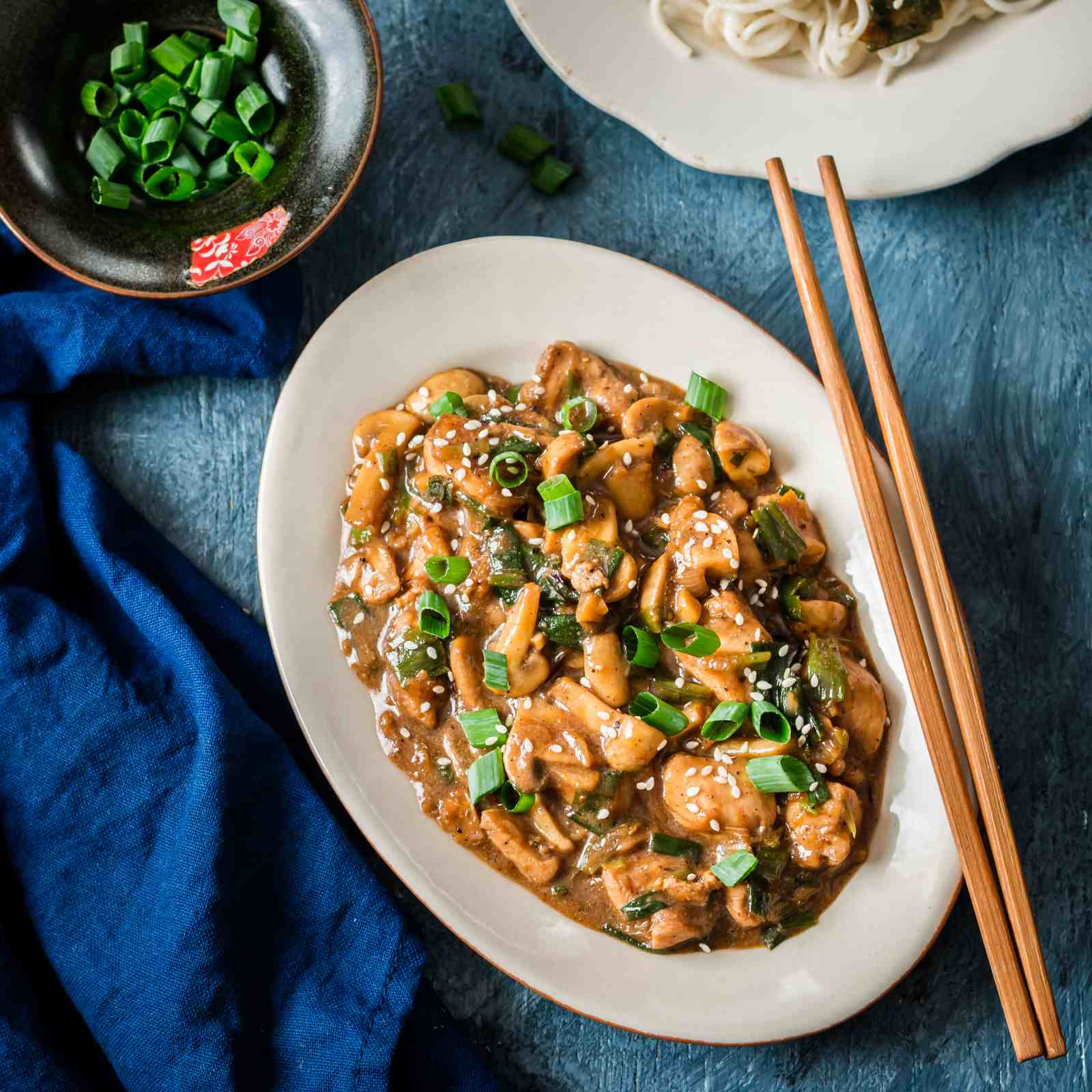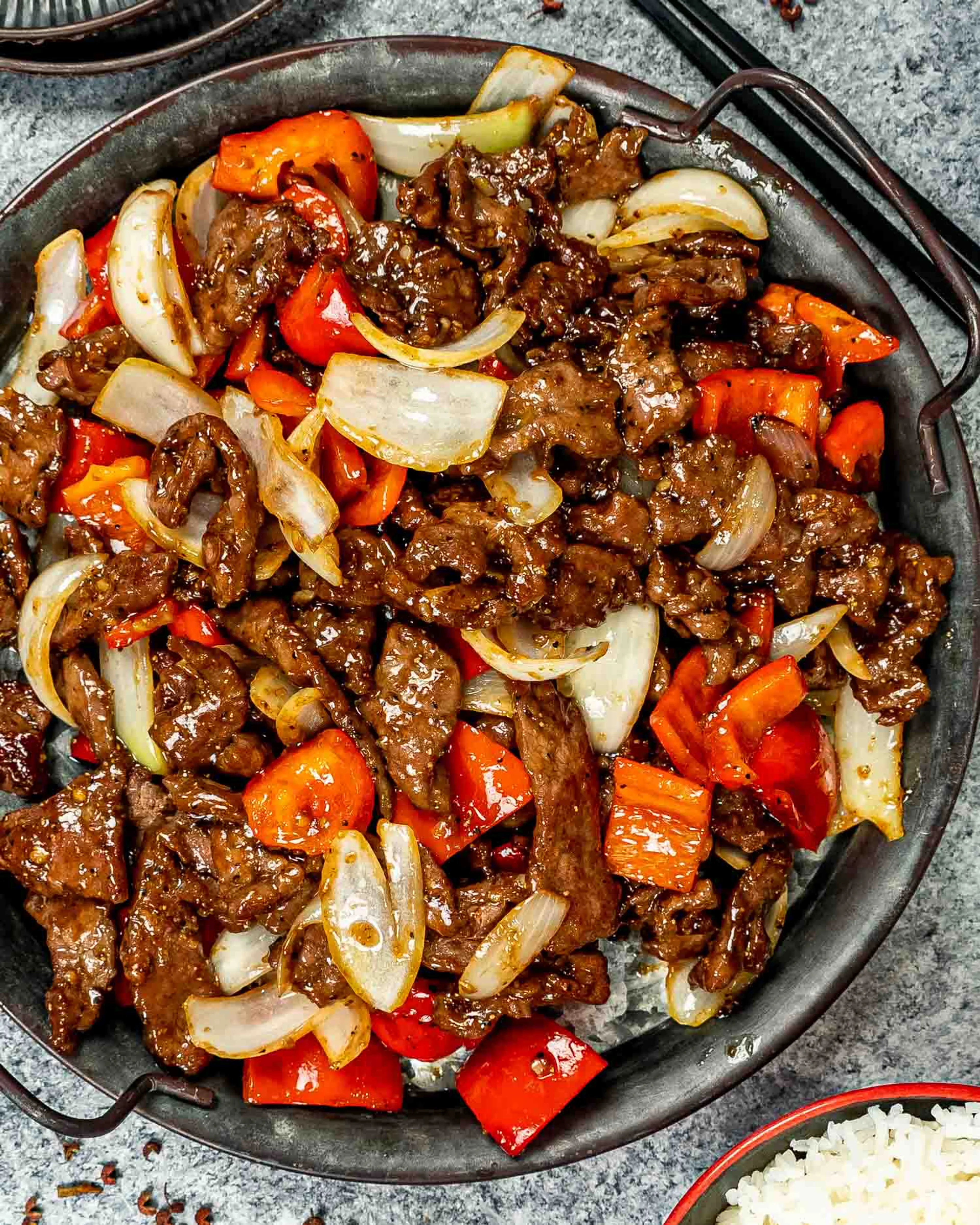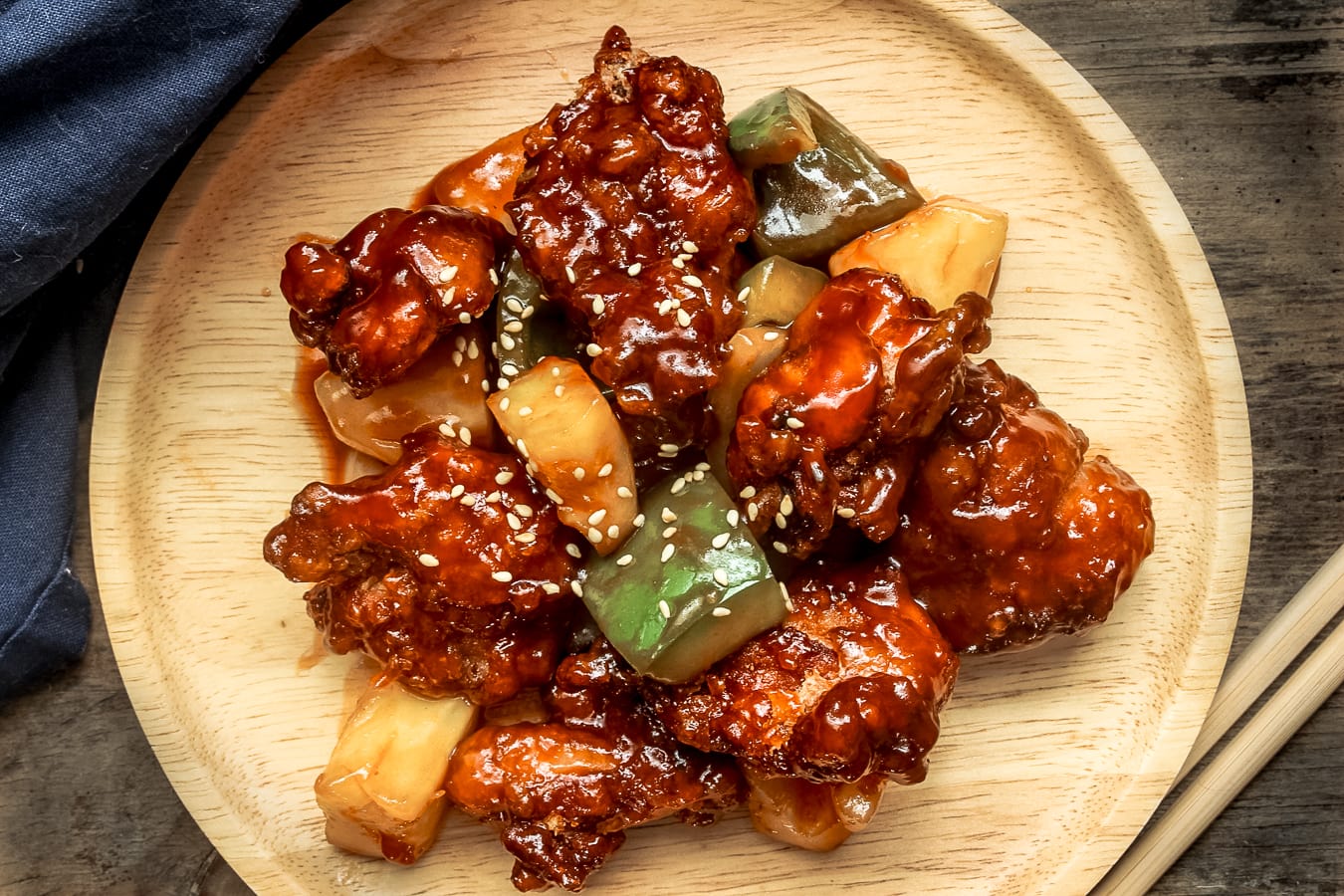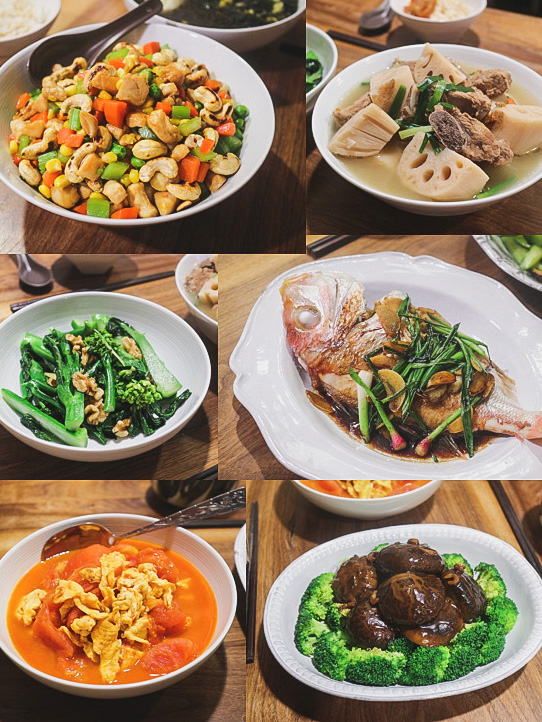Cantonese Cuisine: A Culinary Journey Through Hong Kong’s Flavors
Introduction
Cantonese cuisine, often synonymous with Hong Kong’s culinary landscape, is a vibrant and diverse culinary tradition that reflects the rich cultural heritage of the region. Originating from Guangdong Province in southern China, Cantonese cuisine has evolved over centuries to become one of the most celebrated and influential cuisines in the world. This article delves into the essence of Cantonese recipes, exploring their unique characteristics, historical significance, and the techniques that make them stand out.

The Unique Characteristics of Cantonese Cuisine
1. Freshness and Quality of Ingredients
One of the defining features of Cantonese cuisine is its emphasis on the use of fresh, high-quality ingredients. This is evident in dishes like dim sum, where the freshness of the fillings is paramount. The use of locally sourced produce, seafood, and meats ensures that each dish is a testament to the region’s bountiful harvests.
2. Light and Healthy Cooking Methods
Cantonese cooking techniques prioritize health and flavor over heavy, greasy dishes. Methods such as steaming, stir-frying, and braising are commonly used to preserve the natural flavors of the ingredients. This approach not only makes Cantonese cuisine lighter but also healthier, making it a favorite among health-conscious diners.
3. Artful Presentation
Presentation is another key aspect of Cantonese cuisine. Dishes are often beautifully arranged on fine porcelain, showcasing the artistry and attention to detail that goes into each meal. This aesthetic aspect is not just for show; it also enhances the dining experience, making each meal a feast for the senses.
Historical Significance of Cantonese Cuisine

4. The Influence of Trade and Migration
The historical context of Cantonese cuisine is deeply rooted in the region’s history of trade and migration. The port city of Guangzhou, known as Canton in English, has been a hub for international trade for centuries. This has led to the fusion of various culinary traditions, resulting in the diverse flavors that characterize Cantonese cuisine today.
5. The Development of Dim Sum
Dim sum, a staple of Cantonese cuisine, originated in the 19th century among the working class in Guangzhou. It was a convenient way for laborers to eat a variety of small dishes during their breaks. Over time, dim sum has become a symbol of Cantonese culinary excellence, with a wide array of delicate and flavorful dishes.
Techniques and Ingredients in Cantonese Recipes
6. Stir-Frying: The Heart of Cantonese Cooking
Stir-frying is perhaps the most iconic cooking technique in Cantonese cuisine. It involves quickly cooking small pieces of food in a hot wok with a small amount of oil. This method ensures that the food is tender and full of flavor. Classic dishes like beef with black bean sauce and chicken with ginger and scallions showcase the art of stir-frying.
7. Steaming: Preserving the Natural Flavors
Steaming is another essential technique in Cantonese cooking. It is used to cook a variety of dishes, from dim sum to fish. Steaming preserves the natural flavors and nutrients of the ingredients, making it a healthy and delicious choice.

8. Key Ingredients: Dim Sum, Rice, and Sauce
Cantonese cuisine is renowned for its use of a wide range of ingredients. Dim sum, a collection of small, steamed or fried dishes, is a testament to the creativity and diversity of Cantonese ingredients. Rice, another staple, is used in various forms, from steamed to fried. Sauces, such as soy sauce, oyster sauce, and black bean sauce, add depth and complexity to dishes.
The Global Impact of Cantonese Cuisine
9. Cantonese Cuisine in the World
Cantonese cuisine has transcended geographical boundaries, becoming a global phenomenon. From Michelin-starred restaurants in Paris to street food stalls in New York, Cantonese cuisine has captured the hearts and palates of diners worldwide.
10. The Future of Cantonese Cuisine
As the world becomes more interconnected, Cantonese cuisine is likely to continue evolving. The fusion of traditional techniques with modern culinary trends is already evident in many Cantonese restaurants around the world. This ongoing evolution ensures that Cantonese cuisine will remain relevant and exciting for generations to come.
Conclusion

Cantonese cuisine, with its emphasis on freshness, health, and artistry, is a testament to the rich cultural heritage of Hong Kong and Guangdong Province. The unique characteristics of Cantonese recipes, combined with their historical significance and global impact, make them a subject of great interest and appreciation. As we continue to explore and enjoy the flavors of Cantonese cuisine, it is clear that its legacy will endure for years to come.





